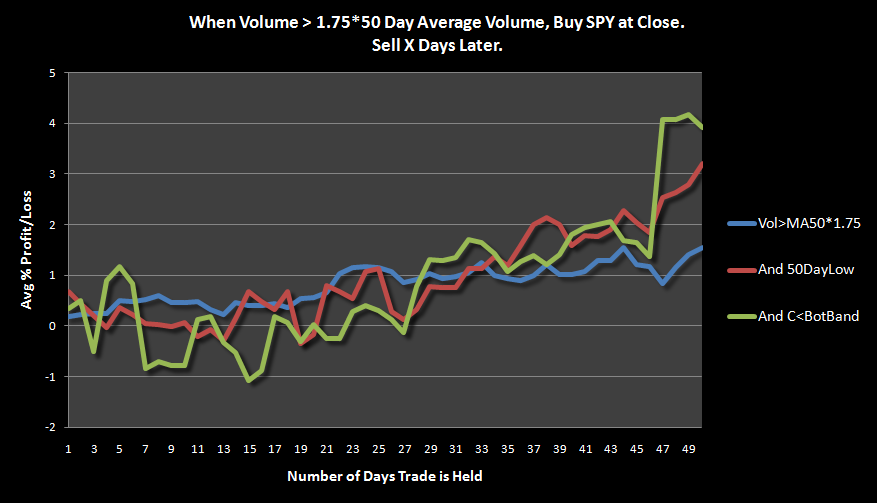This is my 1000th post for iBC, since its founding in 2007. While I haven’t been as prolific as most bloggers here, my intent has been to show how one can swing-trade while maintaining full-time employment outside of the financial sector. My trading, understanding of trader psychology, ability to test systems and model market action, all have excelled, due primarily to my slicing and dicing of the markets on a daily basis. Explaining what I am seeing in language that is cogent yet accessible and creating charts and other records is an extremely beneficial process, and I recommend that every trader engages in that process, in some form or fashion.
The other important bit about blogging at iBC is being part of a talented group of traders and bloggers. I am constantly amazed at the dedication and skill of the other bloggers here (as well as our webmaster/tech guru). My partners serve as a constant reminder that excellence requires dedication, focus, a measure of selflessness, and strict adherence to one’s principles. To Fly, RC, Jake, Chess, and the rest of the crew, thanks!
Finally, the iBC community is a wonderful resource. I have had many readers leave great ideas in the comments section. Readers have contacted me via email and offered me support in both personal and professional matters. I sincerely thank my readers for their input over the years as they too have been instrumental in helping me achieve success.
Here’s to the next 1000 posts!
I’ll leave you with a couple of my favorite posts from the Great Bear Market, Bulls Get Banded and Bulls Grow a Pair, But Come Up Short as well as my most popular series of posts, which were on the Fidelity Select Sector Funds Rotational System.
Comments »




